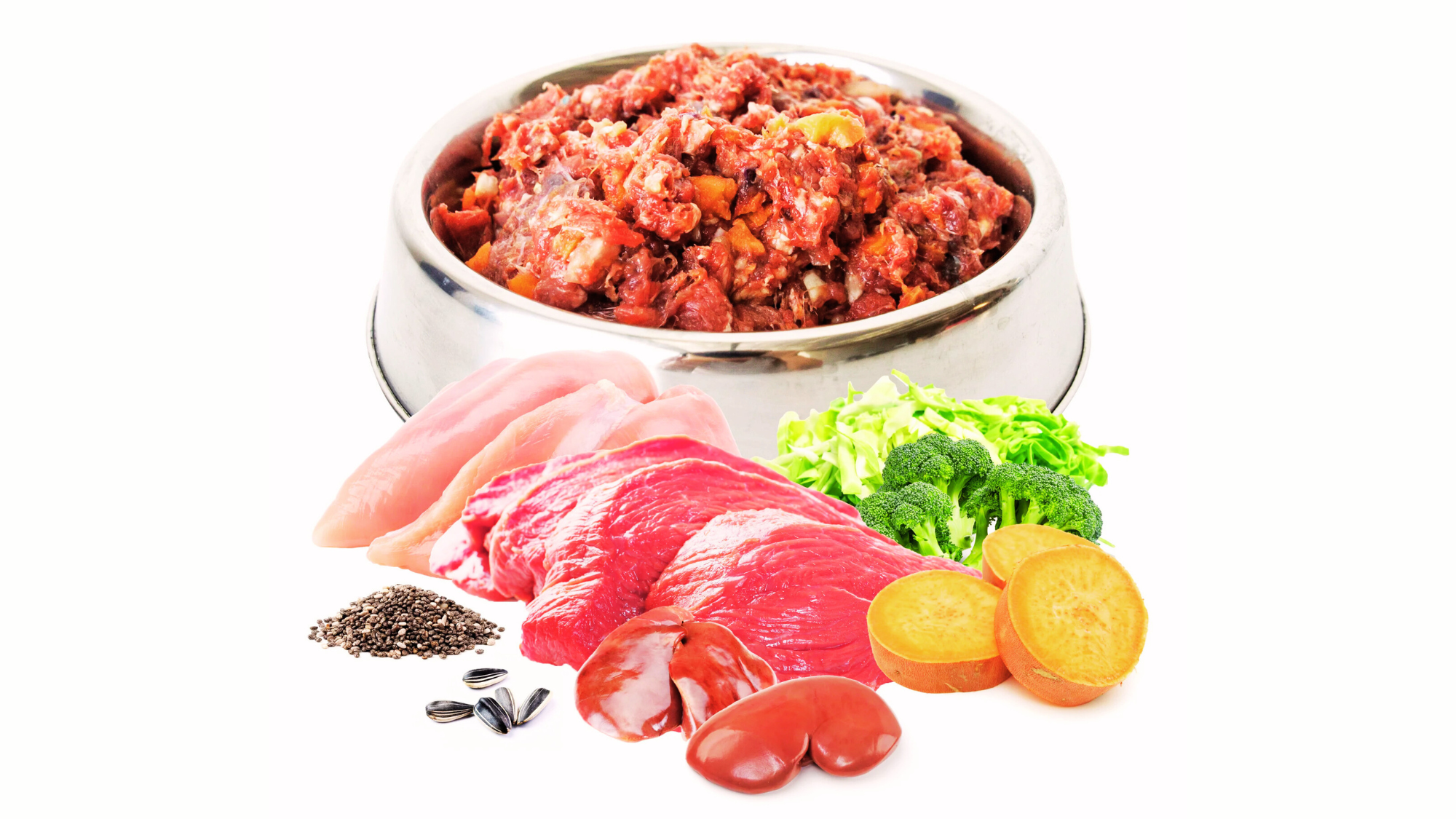| Summary: Switching your dog to a raw diet can improve coat health, digestion, energy, and weight management. Initially, some dogs may experience mild detox symptoms, but over time, they develop shinier fur, smaller stools, and stronger immunity. A balanced raw diet requires careful planning but leads to long-term health benefits. |
Switching your dog to a raw diet can be a life-changing decision that impacts their health, energy levels, and overall well-being. Many dog owners choose raw feeding because it mimics what dogs would eat in the wild—fresh meat, organs, bones, and vegetables. Unlike processed kibble, which often contains fillers, artificial additives, and preservatives, a raw diet provides a more natural and biologically appropriate way of feeding. Ensure your Newfoundland’s comfort and security with expert tips on how to ensure a safe collar fit for Newfoundland.
Before making the transition, dog owners often have concerns about whether a raw diet is safe, nutritionally complete, and suitable for their pet. They may worry about bacterial contamination, balancing nutrients, and whether their dog will adjust well to the new diet. However, once they see the results after switching, many owners report significant improvements in their dog’s coat, digestion, energy, and overall health.
In this guide, we will explore the raw diet for dogs before and after effects of a raw diet, breaking down what changes to expect, potential challenges, and how to transition properly. By the end, you will have a clear understanding of whether a raw diet is right for your dog.
Blog Highlights
Toggle1. Raw Diet for Dogs: Before & After Comparison
| Aspect | Before (Kibble Diet) | After (Raw Diet) |
| Coat & Skin | Dull coat, excessive shedding, itchy skin | Shinier coat, reduced shedding, healthier skin |
| Digestion | Large, smelly stools, bloating, gas | Smaller, firmer stools, improved digestion |
| Energy Levels | Lethargy, energy crashes | Increased energy, better stamina |
| Weight Management | Prone to obesity due to carbs | Leaner muscle mass, healthy weight |
| Dental Health | Plaque buildup, bad breath | Cleaner teeth, fresher breath |
| Immune System | Frequent illnesses, allergies | Stronger immunity, fewer vet visits |
| Food Excitement | Less interest in meals | More excitement for eating |
2. Before Switching to a Raw Diet: What You Need to Know
Understanding Your Dog’s Current Health Condition
Before transitioning to raw feeding, it’s essential to assess your dog’s overall health. Dogs with digestive issues, food allergies, or skin problems may benefit greatly from a raw diet. However, if your dog has underlying medical conditions, such as kidney disease or pancreatitis, it’s best to consult a veterinarian before making changes. Since raw diets are higher in protein and fat, dogs with specific health concerns may need a modified raw feeding plan.
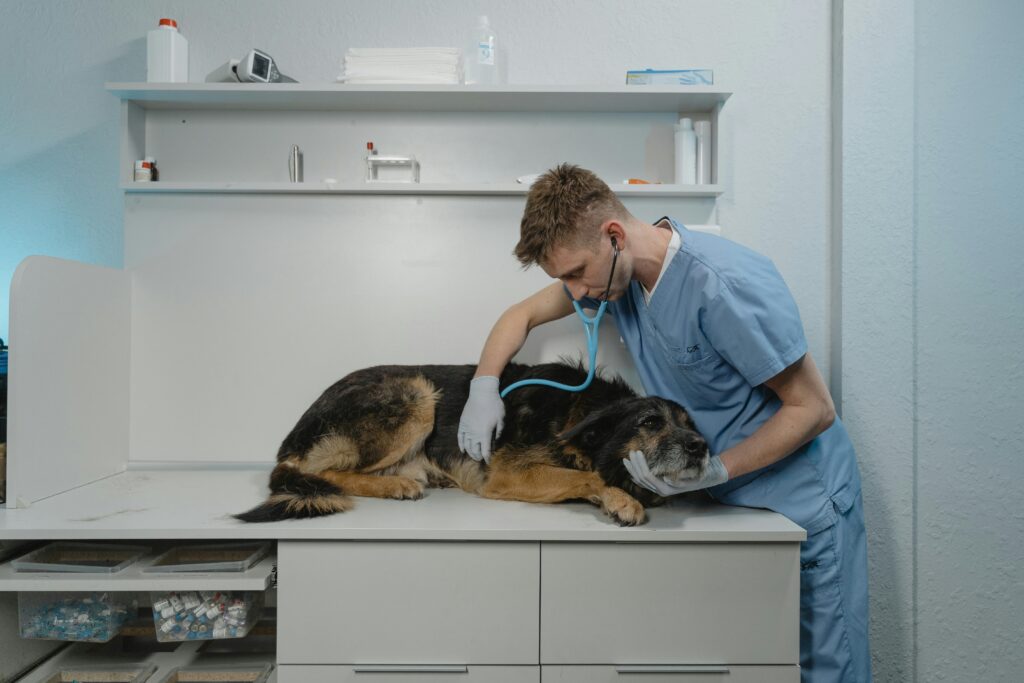
Many dogs that eat kibble suffer from issues like dry, itchy skin, excessive shedding, bad breath, obesity, and digestive discomfort. If your dog is experiencing any of these problems, it could be due to the artificial ingredients, low-quality proteins, and carbohydrates found in kibble. Transitioning to a raw diet can help alleviate these symptoms, but it requires careful planning and patience.
Choosing the Right Raw Feeding Approach
There are different ways to feed raw, and choosing the right approach is crucial. The two most common methods are:
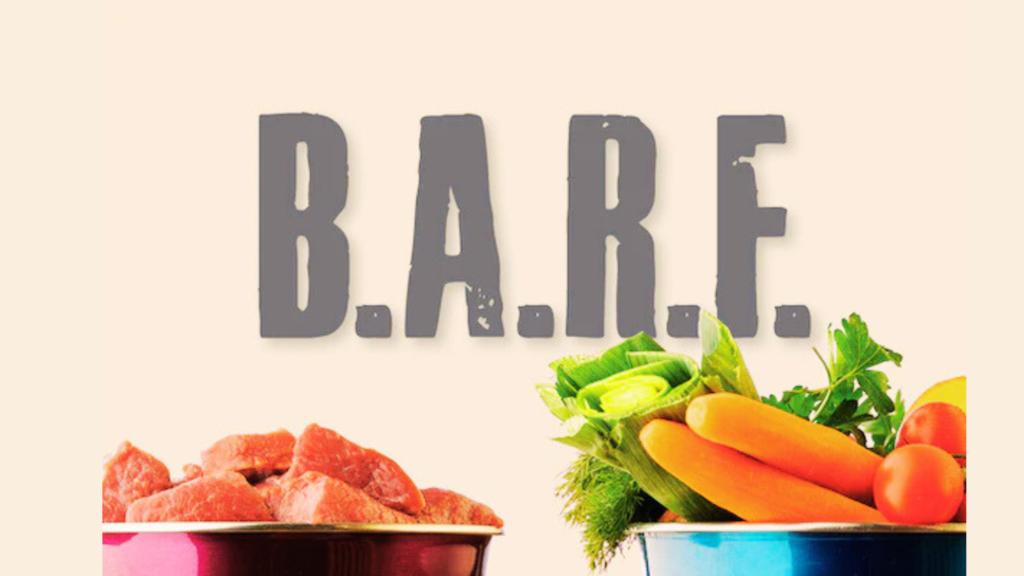
- BARF (Biologically Appropriate Raw Food) – Includes raw meat, bones, organs, vegetables, fruits, and supplements.
- Prey Model Raw (PMR) – Mimics a whole prey diet, consisting of 80% muscle meat, 10% bone, and 10% organs, with no plant-based ingredients.
Each approach has its benefits, and the best choice depends on your dog’s specific dietary needs. Some dogs do well with added vegetables, while others thrive on a strict meat-based diet. Discover the ideal fit by learning what size collar for Newfoundland dog to ensure your pet’s comfort and safety.
Potential Challenges of Switching
Switching from kibble to raw isn’t always an overnight process. Some dogs may have sensitive stomachs and require a gradual transition to avoid digestive upset. Additionally, sourcing high-quality meat and ensuring a balanced diet can be challenging for beginners.
Common concerns that dog owners have before switching include:
- Cost: Raw feeding can be more expensive than kibble, especially if buying high-quality, grass-fed meats.
- Preparation Time: Unlike kibble, raw diets require storage, thawing, and portioning.
- Bacterial Risks: Handling raw meat requires hygiene precautions to prevent contamination.
- Nutritional Balance: Ensuring the right ratio of muscle meat, organs, and bones is essential for proper nutrition.
Once these challenges are understood and planned for, the transition becomes much easier, leading to noticeable improvements in a dog’s health and behavior.
3. Raw Diet For Dogs Before and After: The Transition Period
The First Few Days: Adjusting to Raw Food
When introducing raw food, some dogs take to it immediately, while others may be hesitant. The key is to start slow—mixing small amounts of raw food with their current diet and gradually increasing the portion over several days. Some owners opt for a cold turkey transition, switching to raw entirely in one go, but this method works best for dogs with strong digestive systems.
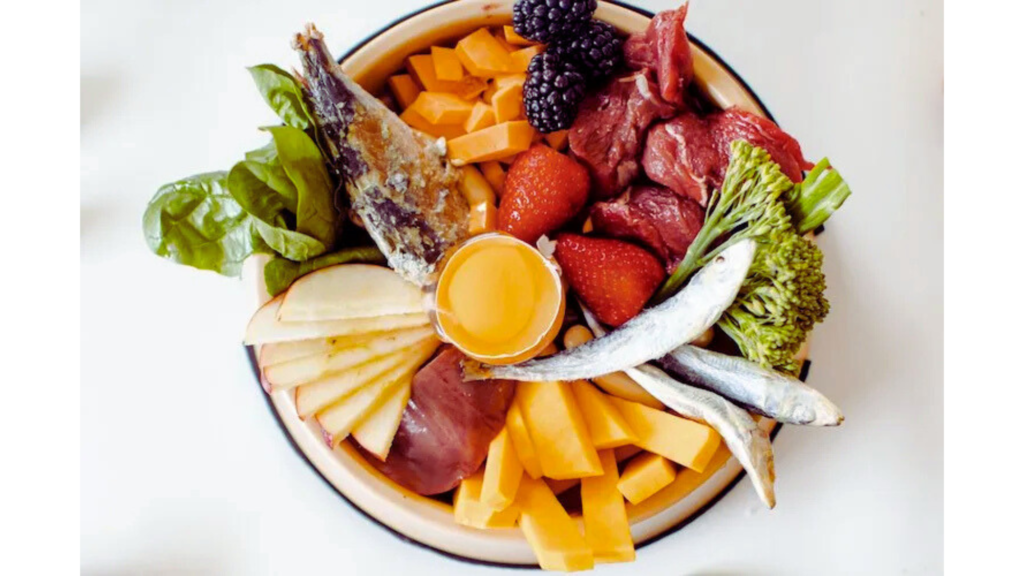
During the first week, dogs may experience:
- Softer stools or temporary diarrhea as their digestive system adjusts.
- Increased thirst if they were previously eating dry kibble.
- Changes in energy levels—some dogs become more energetic, while others experience a detox phase.
Detox symptoms, such as excessive shedding, mild lethargy, or runny eyes, are normal as the body eliminates toxins accumulated from processed food. These symptoms usually subside within a couple of weeks.
Appetite and Eating Habits
Dogs on raw diets often eat slower and chew their food more thoroughly compared to kibble. Since raw food requires actual chewing—especially if feeding raw meaty bones—it promotes better dental health and reduces plaque buildup. Owners also notice that dogs become more excited about mealtime and display improved digestion with fewer signs of bloating or gas.
4. After Switching: Positive Changes You’ll See
Improved Coat and Skin Health
One of the first noticeable changes after switching to raw is the dramatic improvement in coat quality. Within a few weeks, dogs develop shinier, softer fur with less dandruff and itching. This is because raw food is rich in essential fatty acids like Omega-3 and Omega-6, which nourish the skin and reduce inflammation.
For dogs with chronic skin issues, allergies, or hot spots, raw feeding can significantly reduce symptoms. Many owners report that their dogs scratch less, shed less, and no longer require expensive allergy medications or special shampoos. For expert tips on how to fit a collar on a Belgian Shepherd, this guide offers simple steps to ensure your dog’s collar fits securely and comfortably.
Better Digestion and Smaller Stools
Since raw food is more digestible and does not contain fillers like corn or soy, dogs absorb more nutrients, resulting in smaller, firmer stools. Kibble contains high amounts of fiber and carbohydrates, which often lead to large, smelly stools. In contrast, a raw diet produces compact stools that decompose quickly, reducing yard cleanup and odor.
Dogs prone to diarrhea, bloating, or sensitive stomachs often experience relief once switched to raw. Their gut bacteria balance improves, leading to more regular and healthy bowel movements.
Increased Energy and Mental Clarity
Many dog owners notice their pets become more alert, playful, and energetic after transitioning to raw. The high protein and natural nutrients found in raw food provide sustained energy without the sugar spikes and crashes associated with carb-heavy kibble.

Older dogs often show renewed vitality, becoming more active and playful. Puppies and working breeds benefit from increased stamina and muscle development, making raw feeding ideal for high-energy dogs.
5. Long-Term Benefits of a Raw Diet
Stronger Immune System and Fewer Vet Visits
Feeding raw supports a stronger immune system by providing natural vitamins, minerals, and antioxidants. Dogs on raw diets often experience fewer infections, faster wound healing, and better overall health compared to kibble-fed dogs. Over time, this leads to fewer vet visits, lower medical bills, and a longer lifespan.
Better Weight Management and Muscle Tone
Obesity is a common issue in kibble-fed dogs due to high carbohydrate content. Raw feeding naturally helps dogs maintain a healthy weight and develop lean muscle mass. Active dogs benefit from the high-quality protein, which supports muscle growth and recovery.
Dogs prone to joint issues, such as arthritis, often experience less inflammation and improved mobility due to the natural anti-inflammatory properties found in raw food.
7. Common Mistakes to Avoid When Switching to a Raw Diet
Not Providing a Balanced Diet
One of the biggest mistakes new raw feeders make is not ensuring their dog’s meals are nutritionally balanced. Simply feeding raw meat alone is not enough; dogs require a proper ratio of muscle meat, organs, and bones to meet their dietary needs. A well-balanced raw diet typically consists of:
- 80% muscle meat (chicken, beef, lamb, etc.)
- 10% raw meaty bones (chicken wings, turkey necks, etc.)
- 10% organ meats (liver, kidney, heart)
Some owners also choose to add vegetables, fruits, and supplements to provide additional nutrients. Without a balanced diet, dogs may suffer from calcium deficiencies, vitamin imbalances, or digestive issues over time.
Switching Too Quickly Without Transitioning
Some dog owners attempt a cold turkey switch from kibble to raw, which can sometimes cause digestive upset, diarrhea, or vomiting. While some dogs adapt quickly, others require a gradual transition to allow their digestive systems to adjust.
A good approach is to start by replacing 25% of their kibble with raw food, increasing the percentage over 7-10 days until they are fully switched. If your dog experiences loose stools, it may help to add probiotics or feed bland proteins like chicken or turkey before introducing richer meats.
Not Practicing Safe Handling of Raw Food
Handling raw meat improperly can lead to bacterial contamination such as Salmonella or E. coli, which can be harmful to both dogs and humans. To prevent this, always:
- Store raw food in sealed containers in the freezer.
- Thaw food in the refrigerator, never at room temperature.
- Wash hands, bowls, and utensils after handling raw meat.
While dogs have stronger stomach acids that help fight bacteria, proper food handling is essential to ensure food safety for everyone in the household. For detailed guidance on selecting the correct collar size for a Belgian Shepherd, this article provides essential tips to ensure your dog’s comfort and safety.
Feeding Cooked Bones Instead of Raw Bones
Another common mistake is feeding cooked bones instead of raw meaty bones. Cooked bones become brittle and can splinter, posing a choking hazard or causing internal injuries. Always feed raw bones, such as chicken necks or beef ribs, which are softer and safer for digestion.
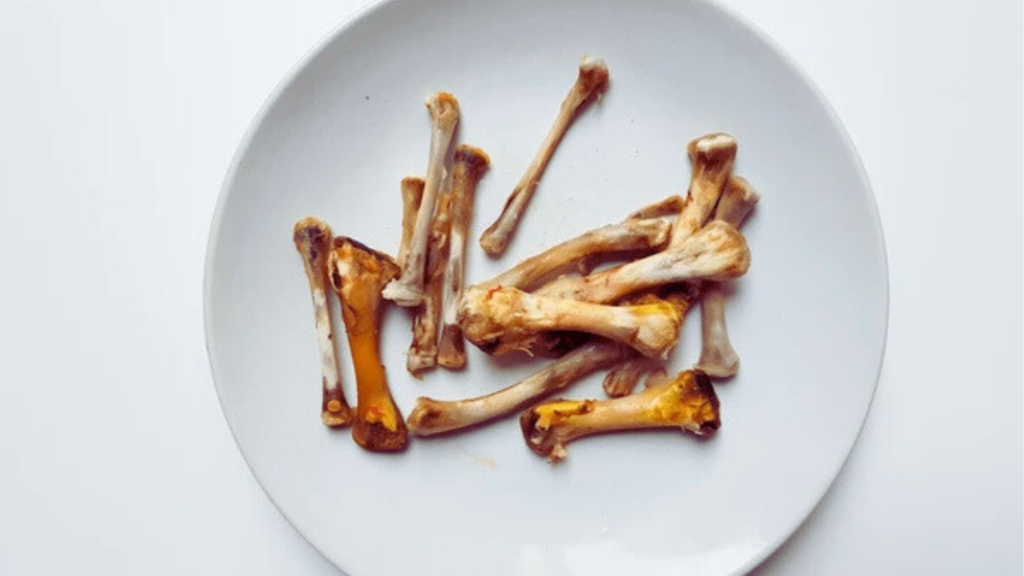
Being mindful of these mistakes can make the raw feeding transition smoother and help prevent health issues in the long run.
8. Success Stories: Real-Life Transformations After Switching to Raw
Case Study #1: From Itchy Skin to a Glossy Coat
Bella, a 5-year-old Golden Retriever, had suffered from chronic itching, allergies, and skin infections for years. Her owners tried numerous treatments, including medicated shampoos and prescription diets, but nothing worked. After switching to raw, within three weeks, her itching reduced significantly, and after two months, her coat became shinier, softer, and completely free of hot spots.
Her owner noted that Bella also shed less, smelled better, and had more energy than before. The natural fatty acids in the raw diet played a crucial role in reducing inflammation and improving her skin health.
Case Study #2: From Digestive Issues to a Happy Gut
Rocky, a 7-year-old Boxer, struggled with chronic diarrhea, bloating, and gas on his kibble diet. His owners frequently changed brands, hoping to find a formula that worked. After researching raw feeding, they made the switch—and the transformation was almost immediate.
Within the first two weeks, Rocky’s digestion stabilized, and his stools became firm and smaller. His bloating and gas issues disappeared, and he no longer suffered from frequent stomach upsets. The raw diet provided highly digestible, natural food that allowed his gut to function properly.
Case Study #3: Senior Dog Regains Energy
Duke, a 10-year-old Labrador, had started to slow down due to age. His owners noticed he had stiff joints, less enthusiasm for walks, and low energy levels. They decided to try raw feeding to see if it could help.
After three months on raw, Duke was like a new dog. He had more energy, better mobility, and improved muscle tone. The anti-inflammatory properties of raw food, particularly omega-rich meats and bone broth, helped reduce joint pain and gave him a newfound zest for life.
Final Thoughts: Is Raw Feeding Right for Your Dog?
Switching to a raw diet requires commitment, but the raw diet for dogs before and after transformation makes it worthwhile. From improved coat and digestion to better energy and fewer health issues, raw feeding provides numerous benefits that enhance a dog’s quality of life.
However, every dog is different, and some may require customized raw meal plans based on their age, breed, and health conditions. If done correctly, raw feeding can lead to a healthier, happier, and more vibrant dog with fewer long-term health concerns. Discover the perfect collar size for an Anatolian Shepherd Dog to ensure comfort and security for your furry friend.

